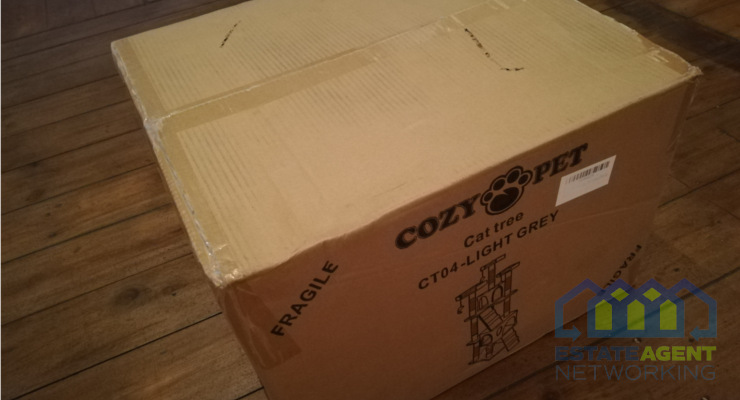How To Measure The Dimensions Of A Box?
If you are sending out products, putting away items, or even displaying them, you’ll need to master how to measure a box properly. Correct measurements help your items to fit well and make you avoid many logistic costs which are not necessary. In this guide, you will be learning how to correctly measure the dimensions of a box that should inform an appropriate price.
The Three Basic Dimensions: Their Context and Interpretation
Boxes are measured in three dimensions: these are the three important aspects that include length, width, and height (depth). All of them play a particular purpose of defining the size and the form of the box, correspondingly.
- Length is the longest side of the box or the longest dimension as applied to packaging.
- Width is the small dimension on the base.
- Height (or depth) is the extent of a given object perpendicular from its base to the widest section or summit.
It’s important to remember that box dimensions are always listed in this order: Length x Width x Height.
Measuring the Box – A Simple Guide
Here’s a simple step-by-step process for measuring a box:
Step 1: Gather Your Tools
Before you begin measuring, gather the tools you’ll need:
- A measuring tape or a ruler: Measuring tapes are the best for big boxes but rulers are as good as for small boxes.
- Pen and paper: You will want to jot the measurements as you go.
Step 2: Measure the Length
If present, set down the box on a level, steady and sure ground. Find out the longest length of the box and write it down as the length. Place the measuring tape or ruler on the side extending it from the left edge down to the right edge of this particular side. It is to be documented in inches, centimetres or any other preferred measurement units.
Step 3: Measure the Width
Next, measure the width. It is the width of the box’s base that is opposite to or parallel to the length of the box. Once more, reposition the measuring tape on the side and measure across its width.
Step 4: Measure the Height (or Depth)
Last but not least, take the height (this is also known as depth in some cases). Place the box on its feet and take measurements starting from the floor up the height of the box. In case of measurement for packaging, ensure you take measurements of the inside of the box to get the interior measurements.
When you have got all three dimensions, they are normally written in the format Length × Width × Height. For instance, if you found out that the length of your box was 12 inches, the width was 8 inches, and the height was 6 inches, then the box size would be written as 12 x 8 x 6.
Measuring Boxes with Covers or Hinged Tops
If the box has a lid that closes over the box or flaps that fold on top of the other, one must, in this case, measure it with the height of the lid closed. Having your flaps open or only partially folded can result in incorrect measurements. Another thing you should also keep in your mind is if you are taking the external dimensions of the box or the internal dimensions:
- Interior measurements are the length, width and height of the inner surface of the box. They can assist you know whether an object can be contained within an area or not.
- Shipping size is critical for dimensions because carriers determine their charges based on the overall dimension of the box.
Additional Considerations
Box Shape
Some of the boxes are not of perfect rectangular or square shape. In fact, if your box is irregularly shaped, then the process of measuring it is a little complicated.
Again you go through all the steps but you may divide the box into sections or you take multiple measurements in the process.
Thick Walls
Some are thin walled, especially those made of cardboard or those used for containing bulky items, while others are thick walled. Here, it is appropriate to rather follow physical dimensions both for the internal and external parameters of the automobile. This way, the thickness of the walls can predetermine the amount of space you can provide inside the box for the product itself.
Measuring Odd Shapes
It is a different process when the box is irregular, that is if you have a triangular or cylindrical package. Fear not, though; even for a triangular box, the parameters measured would still include the longest, the widest and the tallest. In cylindrical containers for example, you would estimate the diameter of the base surface of the container and the height of that container.
Conclusion
Correct measurement of a box is important in order to correctly pack the items and also to make the most of the money that has been spent on shipping. If you’re using the right tools and considering the given steps, you and anyone can measure the length, width and height no matter what type of box it is. In any packing, shipping or storage, an accurate measurement goes a long way in cutting on cost and making the whole process easy.







